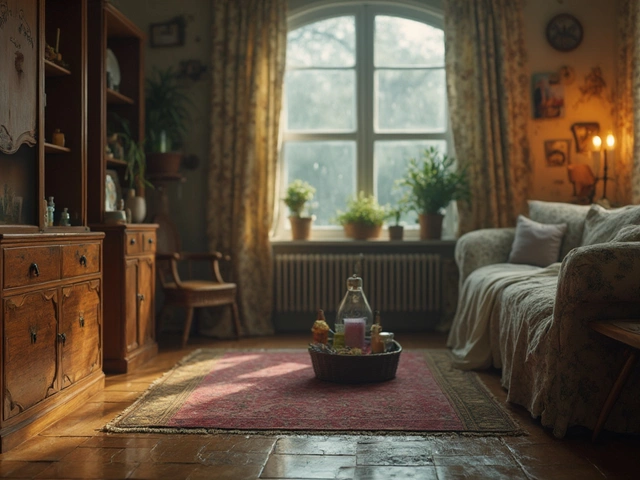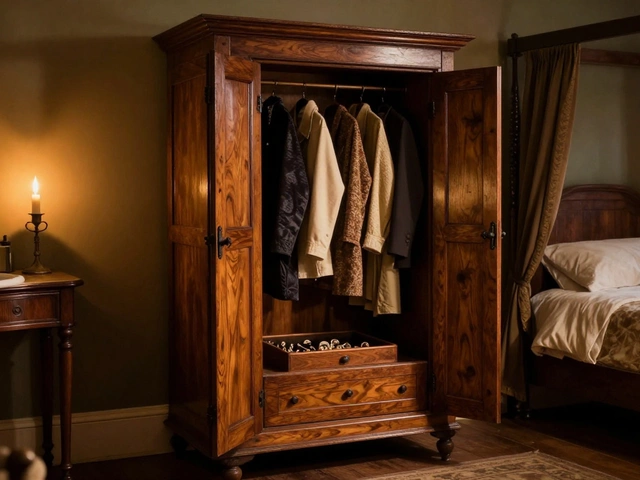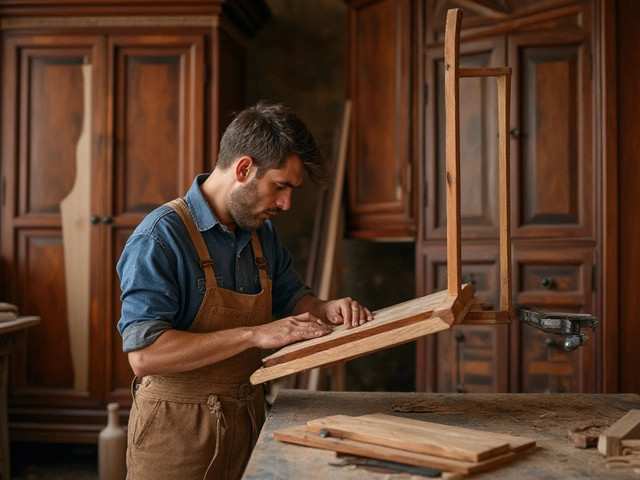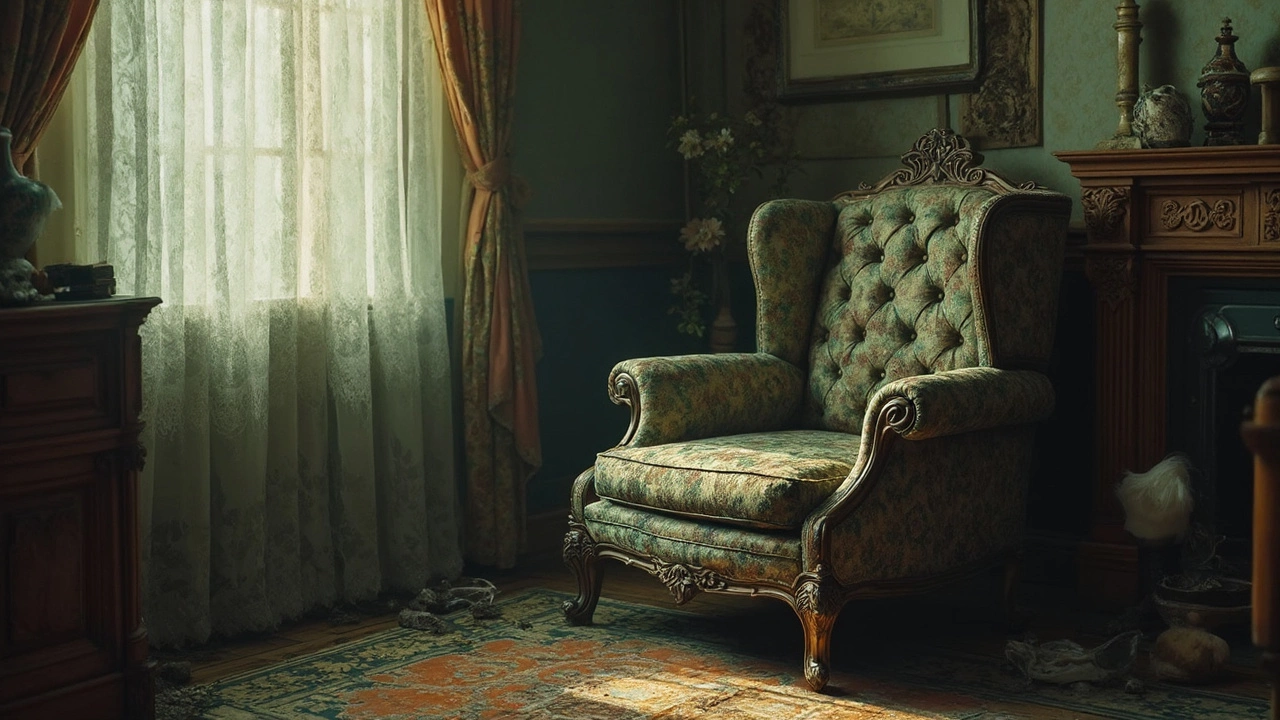 25
Feb,2025
25
Feb,2025
Mold in your home is a serious issue, but what about mold on your furniture? It might seem like more of a nuisance than anything else, but it can lead to more significant problems. Did you know that mold can actually ruin your furniture for good? It's not just a stain you can wipe away. So, how do you decide whether to toss that moldy chair or save it? Let's break down what you need to know.
Mold loves to grow in places with moisture and poor ventilation. That's why you often find it in basements or near windows. When it comes to furniture, mold can penetrate fabrics and even damage wood. If you're dealing with a few spots, it might be possible to clean and restore the piece. But heavily infested items? They might be beyond saving.
Before making a decision, consider the risks. Mold isn't just an eyesore; it's a potential health hazard. Breathing in mold spores can cause asthma attacks, allergies, or other respiratory issues. Children, the elderly, and people with weakened immune systems are especially vulnerable. Is keeping that old sofa worth risking your family's health?
- Why Mold Is a Problem
- Health Risks of Moldy Furniture
- Assessing the Damage
- Solutions and Preventive Measures
Why Mold Is a Problem
Mold is more than just an ugly spot on your furniture; it's a relentless intruder that can cause extensive damage. But why does this pesky organism end up being such a big deal? Let’s break it down.
First off, mold thrives on moisture. Your furniture becomes a perfect host if it's hanging out in damp or humid conditions. Over time, the mold digests whatever it's growing on, which means it can literally eat through your beloved couch or vintage bookshelf.
Not only does mold damage the physical integrity of furniture, but it also affects the air quality in your home. Mold spores, tiny and airborne, can linger and spread, infiltrating the very air you breathe.
Health Concerns
Breathing in mold spores isn't just unpleasant—it can be dangerous. People with respiratory issues, allergies, or weakened immune systems are particularly at risk. Even if you’re feeling fit as a fiddle, prolonged exposure can cause irritation, sneezing, or worse.
Ignoring Mold: The Risks
Deciding to ignore that small patch of mold might feel like the easy way out, but it can lead to bigger headaches. Mold growth is persistent and fast, which means a small problem today could become an overwhelming issue tomorrow. Plus, untreated mold can devalue your furniture, making it worthless in the long run.
Quick Look at the Damage
| Item Type | Damage Over Time |
|---|---|
| Wood Furniture | Rot, structural instability |
| Fabric Upholstery | Stains, odor, fabric breakdown |
| Metal Parts | Rust, corrosion |
The takeaway? Deal with that moldy furniture before it spirals out of control. Understand the threat it poses and take proactive steps. Whether you decide to tackle it yourself or call in a professional, recognizing the problem is your first move toward a healthier home.
Health Risks of Moldy Furniture
Moldy furniture isn't just unpleasant to look at; it can be harmful to your health too. When mold takes over, it releases spores into the air, which can end up in your lungs. This isn't something to take lightly, especially if you or anyone around you has asthma or allergies.
Mold spores are known to trigger allergic reactions. Picture sneezing fits, runny noses, and those pesky itchy eyes. If you're feeling unwell in your home, it might be time to check if your furniture is contributing to the problem.
Respiratory Concerns
Breathing in these spores can be quite taxing for your respiratory system. Those with asthma may notice more frequent attacks. In extreme cases, mold exposure can lead to chronic respiratory illnesses. It's like having a constant, invisible threat lingering in your living room.
Who Is Mostly Affected?
Everyone can feel the effects of moldy furniture, but some groups are more sensitive. Kids, the elderly, and people with a weak immune system can experience more severe health impacts.
- Children: Still developing immune systems make them more vulnerable.
- Elderly: Age can weaken their body's defenses.
- Individuals with weakened immune systems: Conditions like autoimmune diseases or treatments like chemotherapy can ramp up their risk.
Check for Symptoms
If you find yourself or family members constantly battling cold-like symptoms, itchy skin, or headaches, mold might be the culprit. Sometimes, it doesn't just cause sneezing; it wrecks your overall indoor air quality.
Understanding the risks can help you decide whether to keep or toss out that sofa. While it might have sentimental value or match your decor perfectly, consider if it's worth the health gamble. Prioritize your health and the cleanliness of your environment when choosing how to deal with moldy furniture.
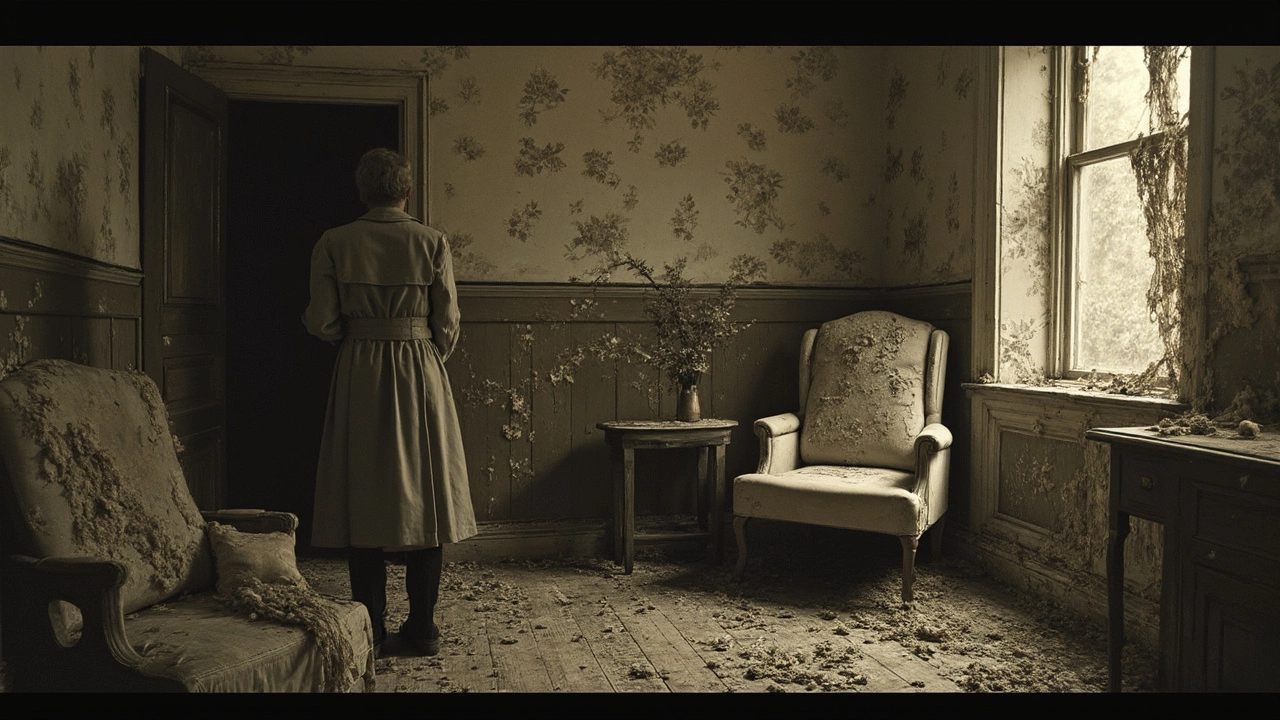
Assessing the Damage
Before you decide if you should throw out that moldy furniture, take a closer look at the extent of the damage. You'd be surprised at how much you can learn by just inspecting it.
Look for Visible Signs
First things first, check for any visible signs of mold, like fuzzy patches or discoloration. Mold can be sneaky, so make sure to look in crevices and under cushions. Keep an eye out for any structural damage, too. If the wood looks warped or if the fabric is brittle, you might have a bigger problem than you thought.
Smell Test
The nose knows! A musty or earthy smell is a dead giveaway that mold is present even if you don't see it. Don't underestimate the potency of a bad smell as it's often a clear sign of mold infestation.
Health Symptoms
If you or your family members have been sneezing, coughing, or experiencing itchy eyes while around the furniture, it could be due to mold spores. According to Dr. Lisa Kennedy, an environmental health expert,
"Exposure to mold can trigger allergic reactions and respiratory issues, so if you're noticing symptoms, it's crucial to address the source immediately."
Professional Assessment
Sometimes, it's hard to determine the severity of a mold problem on your own. Calling in a professional can give you peace of mind. They can provide you with a thorough inspection and suggest whether cleaning or disposal is the best course of action. Plus, they'll have tools to gauge how deep the mold has penetrated.
If you're considering restoring the furniture, assess the cost versus buying new. Sometimes repairs and deep cleaning can end up costing as much as replacing the piece altogether.
- Moldy furniture may need professional cleaning if mold is extensive.
- Minor mold issues could be removed with suitable cleaning supplies.
- Heavily damaged or costly-to-clean items might best be tossed for safety.
While assessing, remember that tackling a mold problem early can prevent further damage and potential health risks. Whether you decide to save or scrap your furniture, the most important thing is to make an informed decision.
Solutions and Preventive Measures
Dealing with moldy furniture can feel like wrestling an octopus, but with the right approach, it doesn't have to be a losing battle. Here's a straightforward plan to help you manage and prevent mold in the future.
Cleaning and Restoring Your Furniture
If you're dealing with a minor mold problem, cleaning might be on the table. But remember, not all surfaces are easy to clean. Here's what you can try:
- Start by vacuuming the mold with a HEPA filter vacuum to remove spores.
- Use a mild detergent mixed with water to wipe down non-porous surfaces. For fabrics or leather, consider professional cleaning products specific to the material.
- Always dry the furniture thoroughly afterwards, as mold thrives on moisture.
If it’s still giving off a musty smell or visibly growing back, it might be time to consider stronger solutions or even disposal.
Disposing of Unsalvageable Furniture
Sometimes, bitter as it is, disposing of the affected furniture is the safest bet. Wrap the item in plastic to prevent mold spread during transport and check if your local waste management service has specific procedures or disposal sites for moldy items.
Preventing Future Issues
Now that we’ve tackled the mold, let’s talk prevention. Why let history repeat?
- Furniture storage should be in dry, well-ventilated areas. Consider using a dehumidifier if your home tends to be humid.
- Position furniture away from walls, to promote air circulation.
- Regularly check and clean potential mold spots, like under cushions or on the back of wooden pieces.
- If you’re storing furniture for long periods, it might be worth investing in storage covers designed to repel mold.
Prevention isn't a one-time fix. It involves consistent care and a watchful eye, but it’s a lot easier than dealing with a massive mold infestation down the line.

